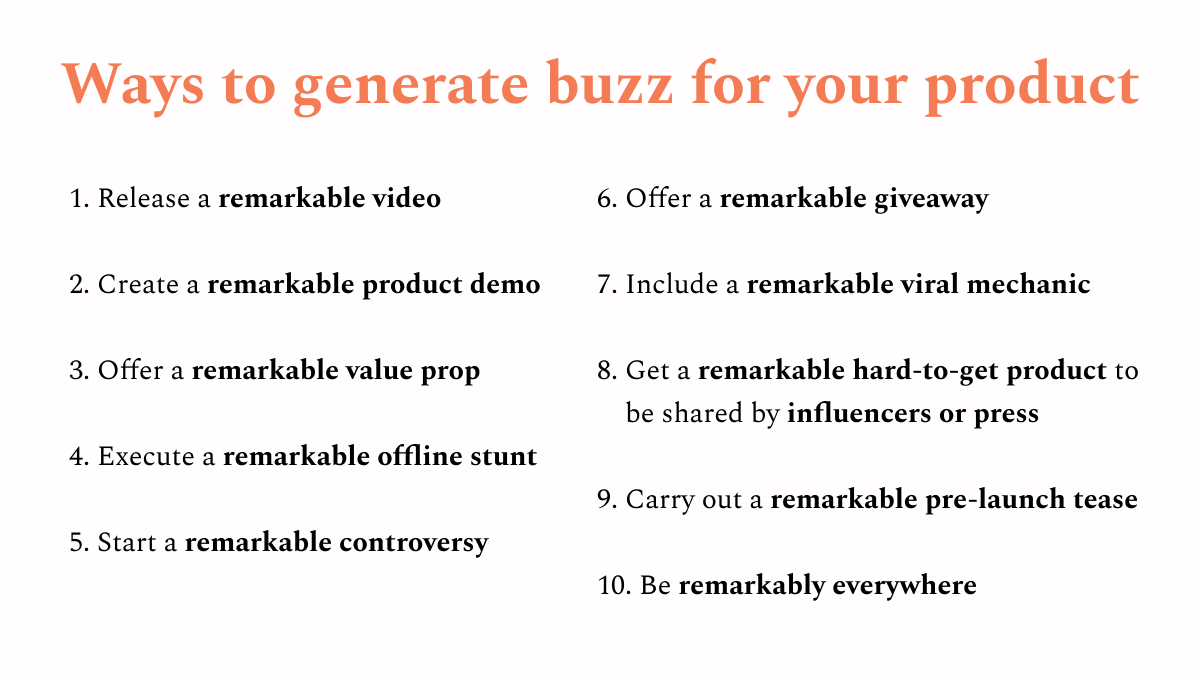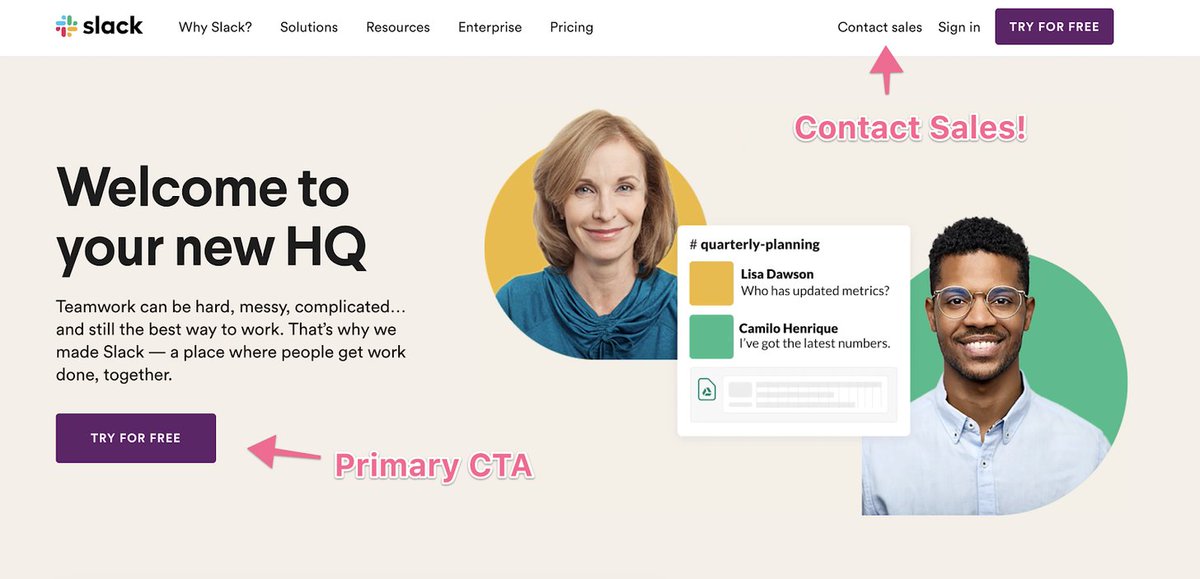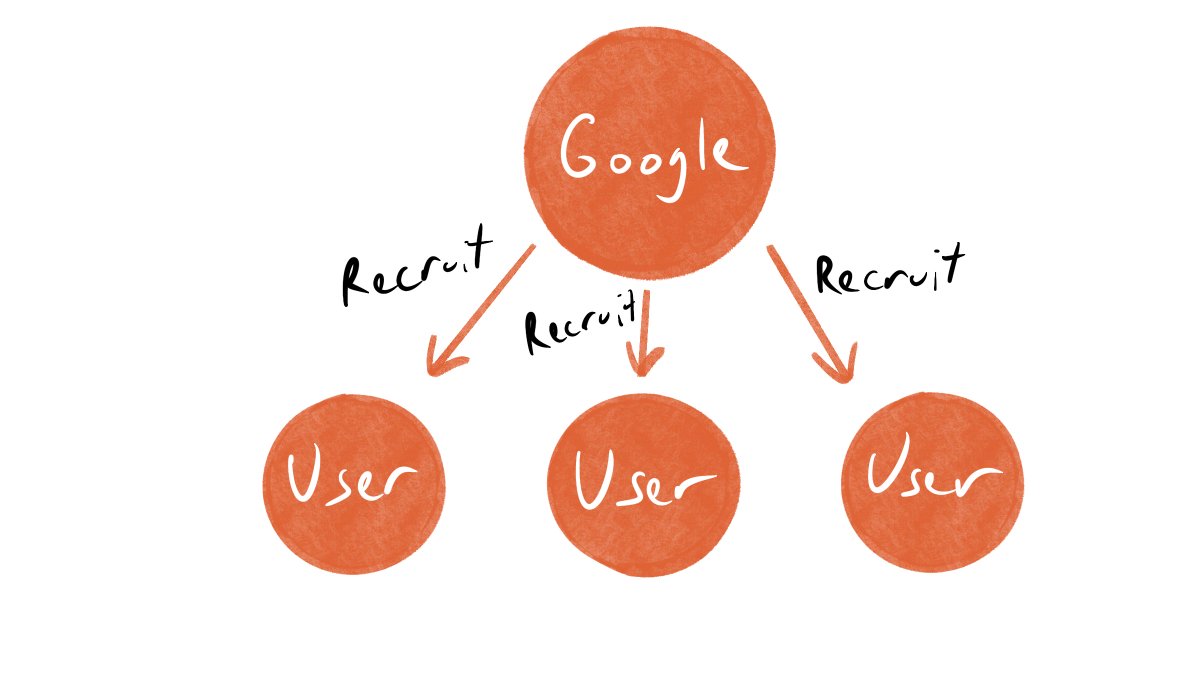
With Airbnb going public tomorrow, I thought I'd revisit the lessons Airbnb taught me about building a company (my very first public post!)
Read on for a glimpse into what makes Airbnb so special 👇
marker.medium.com/what-seven-yea…
Read on for a glimpse into what makes Airbnb so special 👇
marker.medium.com/what-seven-yea…
1/ Founders obsessed with culture
From day one, Airbnb has been a company obsessed with culture, values, and quirky rituals. This helped with hiring, move quickly when opportunities arose, and also overcoming adversity.
Exhibit A 👇
medium.com/@bchesky/dont-…
From day one, Airbnb has been a company obsessed with culture, values, and quirky rituals. This helped with hiring, move quickly when opportunities arose, and also overcoming adversity.
Exhibit A 👇
medium.com/@bchesky/dont-…
2/ Set wildly ambitious goals
@bchesky is (in)famous for doubling our proposed goals and often pushing us to 10x our goal. This ambitious approach pushed teams to think bigger, and at the end of each year we were often shocked at how close we came to hitting those goals.
@bchesky is (in)famous for doubling our proposed goals and often pushing us to 10x our goal. This ambitious approach pushed teams to think bigger, and at the end of each year we were often shocked at how close we came to hitting those goals.
3/ Start with the ideal and work backward
A variation of Amazon’s methodology that I’ve seen work exceptionally well at Airbnb is to envision the perfect user experience and work backward. A classic example: Snow White 👇
A variation of Amazon’s methodology that I’ve seen work exceptionally well at Airbnb is to envision the perfect user experience and work backward. A classic example: Snow White 👇
4/ Maintain a high bar for everything
Emails, docs, meetings, presentations, and hiring. The little things lead to the big things.
Emails, docs, meetings, presentations, and hiring. The little things lead to the big things.
5/ Nail the problem statement
Crafting and aligning on a problem statement is the single most important step in solving any problem, and this was key at Airbnb. We thought in outcomes, not products.
firstround.com/review/the-pow…
Crafting and aligning on a problem statement is the single most important step in solving any problem, and this was key at Airbnb. We thought in outcomes, not products.
firstround.com/review/the-pow…
6/ Keep teams focused
Similarly, we strove to narrow the problem space for teams and provide a clear mandate, with a clear goal. Creating a cross-functional team with a focused problem to rally around and obsess about worked wonders.
Similarly, we strove to narrow the problem space for teams and provide a clear mandate, with a clear goal. Creating a cross-functional team with a focused problem to rally around and obsess about worked wonders.
7/ Think of org design as a product
Finally, we recognized there is no perfect org design. Make sure you address the biggest pain points, future-proof it as much as you can, and then just move forward. Build autonomous units with well-defined goals and get out of the way.
Finally, we recognized there is no perfect org design. Make sure you address the biggest pain points, future-proof it as much as you can, and then just move forward. Build autonomous units with well-defined goals and get out of the way.

8/ I'm incredibly fortunate to have had a chance to be a tiny part of this journey, and so much love to @bchesky @jgebbia and @nathanblec for building a truly incredible company full of truly incredible humans 💖 

• • •
Missing some Tweet in this thread? You can try to
force a refresh











